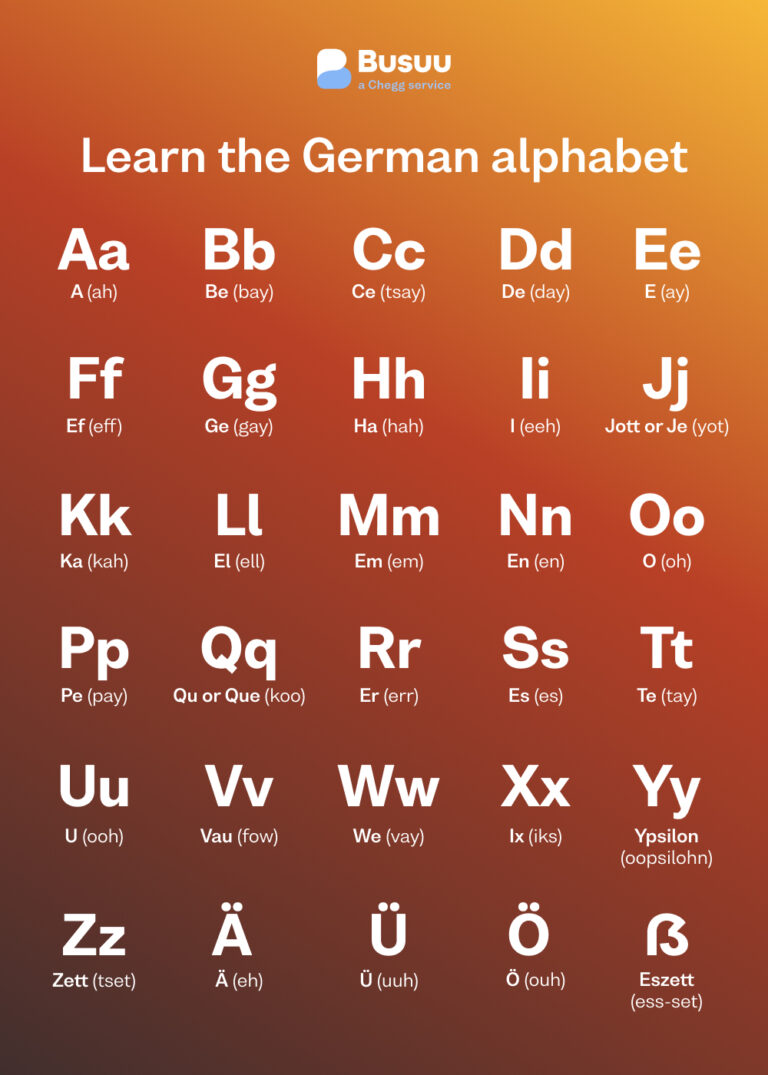Chinese Car Brand Logos: A Visual Journey of Transformation and Global Ambition
Chinese Car Brand Logos: A Visual Journey of Transformation and Global Ambition cars.truckstrend.com
The automotive landscape is undergoing a monumental shift, and at its forefront are Chinese car brands, rapidly evolving from domestic players to formidable global contenders. Central to this transformation, and often overlooked, are their brand logos. Far more than mere decorative elements, these emblems serve as potent visual shorthand for a brand’s identity, values, history, and future aspirations. Understanding Chinese car brand logos offers a fascinating window into the nation’s industrial prowess, design philosophy, and strategic push for global recognition.
This article delves into the intricate world of Chinese car brand logos, exploring their evolution, design principles, cultural influences, and strategic significance. From their humble beginnings to their current sophisticated iterations, these logos tell a compelling story of an industry coming into its own.
Chinese Car Brand Logos: A Visual Journey of Transformation and Global Ambition
The Evolution of Chinese Car Logos: From Copycat to Creator
For decades, Chinese automakers were often perceived as manufacturers of affordable, utilitarian vehicles, with design inspiration frequently drawn from established international brands. This perception often extended to their logos, which sometimes lacked distinctiveness or strong brand narratives. Early logos might have been simple letterforms, generic shield designs, or even direct interpretations of foreign emblems. The primary focus was on market entry and volume, not necessarily sophisticated branding.
However, the past decade has witnessed a profound metamorphosis. Driven by massive investments in research and development, the establishment of advanced design studios (often staffed by international talent), and a strategic pivot towards New Energy Vehicles (NEVs) and premium segments, Chinese brands began to forge their unique identities. This shift is vividly reflected in their logos. Today, we see a confident embrace of originality, a blend of cultural heritage with futuristic aesthetics, and a clear intent to communicate innovation and quality. The era of "copycat" design is largely over, replaced by a surge of creative and strategic branding.
Common Themes and Design Elements in Chinese Car Logos
Chinese car brand logos are a rich tapestry of design philosophies, often blending traditional symbolism with modern abstraction and technological cues. Several recurring themes and design elements can be observed:
- Cultural Symbolism: While not always overtly obvious, many logos subtly incorporate elements inspired by Chinese culture. For instance, the traditional Chinese character for "people" (人) has influenced the structure of some emblems, signifying a human-centric approach. The "dragon" (龙), a powerful symbol of strength, prosperity, and good fortune, might be abstracted into dynamic lines or shapes. Older BYD logos featured a calligraphic style, and some Chery designs hint at the mythical phoenix. Hongqi, meaning "Red Flag," directly incorporates a red flag motif, symbolizing national pride and heritage.
- Geometric Abstraction and Minimalism: A strong trend among newer brands and recent redesigns is the adoption of clean, geometric shapes and minimalist aesthetics. Brands like Geely, Changan, and Great Wall Motors have evolved their logos into more streamlined, abstract forms that convey modernity, efficiency, and global appeal. This approach ensures versatility across digital platforms and different vehicle types.
- Technological Forwardness: As China leads the charge in electric vehicles and intelligent mobility, many logos explicitly or implicitly communicate advanced technology. Nio’s "Skyline" and "Horizon" logo represents a vision for the future, while Xpeng’s "X" signifies exploration and innovation. Li Auto’s simple "L" often implies intelligence and connection. These designs frequently use sleek lines, metallic finishes, and a sense of movement to convey speed and progress.
- Nature and Harmony: Some logos subtly reflect principles of balance and harmony, echoing traditional Chinese philosophy. The "V" in Changan’s logo can represent vitality and victory, while Great Wall’s recent emblem often evokes a sense of steadfastness and strength. These elements aim to convey reliability and a connection to fundamental values.
- Color Palette: While diverse, common color choices include red (symbolizing prosperity, luck, and passion), blue (technology, future, environmental consciousness), and silver or gold (premium, sophistication, quality). The strategic use of color reinforces the brand’s core message.
Case Studies: Iconic Chinese Car Brand Logos and Their Stories
Examining specific brand logos reveals the unique narratives and strategic intentions behind them:
- BYD (Build Your Dreams): Once featuring a rather generic oval emblem with "BYD" in a somewhat dated font, BYD underwent a significant brand refresh. Its new logo, particularly for passenger vehicles, is a sleek, minimalist shield with a subtly modified "BYD" typography. This evolution reflects the company’s shift from a battery and bus manufacturer to a global EV powerhouse, shedding its utilitarian image for a more premium and universally appealing one. The design is cleaner, more modern, and less overtly "Chinese," signalling global ambitions.
- Nio: A pioneer in the premium EV segment, Nio’s logo is a perfect example of tech-forward design. It comprises two elements: the upper part symbolizing the "skyline" and the lower part representing the "horizon" or the ground. Together, they signify vision, community, and the journey from the physical world to the infinite possibilities of the future. The design is minimalist, elegant, and instantly recognizable, resonating with its tech-savvy, aspirational customer base.
- Geely: Geely’s logo has evolved significantly. Its earlier shield-like emblem with mountain peaks gave way to a more abstract, geometric design featuring a blue and black shield. The most recent iteration is even more minimalist, a simple yet sophisticated badge that reflects its global expansion strategy (including acquisitions like Volvo) and its push into more premium segments (Lynk & Co, Zeekr). The clean lines project professionalism and quality.
- Hongqi: As China’s oldest and most prestigious luxury car brand, Hongqi (meaning "Red Flag") carries immense symbolic weight. Its iconic red flag emblem, often integrated as a strip running down the hood, symbolizes national pride, heritage, and the highest echelon of Chinese manufacturing. While traditional, recent designs have subtly modernized the flag motif, blending its historical significance with contemporary luxury aesthetics.
- Li Auto: Specializing in range-extended electric vehicles, Li Auto’s logo is a simple yet effective "L." This minimalist design reflects the brand’s focus on intelligence, simplicity, and a user-centric approach. It’s clean, modern, and easily scalable across digital platforms, aligning with the brand’s innovative identity.
The Strategic Importance of Logo Design for Chinese Automakers
For Chinese automakers, logo design is not merely a branding exercise; it’s a critical strategic imperative:
- Brand Differentiation: In a highly competitive global market with hundreds of car brands, a distinctive logo is paramount for standing out. A unique visual identity helps consumers quickly identify and recall a brand.
- Global Appeal and Trust: As Chinese brands expand internationally, their logos must resonate with diverse cultures. Designs that balance universal appeal with subtle cultural nuances help build trust and overcome historical perceptions of quality. A modern, sophisticated logo can instantly elevate a brand’s perceived value.
- Perception Management: Logos play a vital role in changing consumer perceptions. A redesign can signal a new era for a brand, moving it from a "budget" image to one of "innovation," "quality," or "luxury." This is crucial for brands aiming to compete directly with established international players.
- Storytelling and Values Communication: A well-designed logo can tell a brand’s story at a glance. It communicates core values – whether it’s sustainability, technology, family, or performance – more effectively than words alone.
- Digital Integration and Versatility: In an increasingly digital world, logos must be optimized for various platforms, from smartphone apps to in-car infotainment screens. Simple, scalable, and recognizable designs are crucial for digital marketing and user experience.
Challenges and Future Trends in Chinese Car Logo Design
Despite significant progress, Chinese car logo design faces ongoing challenges:
- Homogenization Risk: The trend towards minimalist, geometric designs, while globally appealing, carries the risk of logos looking too similar across different brands. Maintaining distinctiveness while adhering to modern aesthetic principles is a delicate balance.
- Cultural Misinterpretation: While incorporating cultural elements can be powerful, designers must ensure these symbols are understood positively across different markets and avoid unintended negative connotations.
- Rapid Technological Change: The automotive industry is evolving at breakneck speed, especially with the advent of autonomous driving and new energy vehicles. Logos must remain relevant and adaptable to these technological shifts, perhaps even becoming dynamic or interactive in the future.
- The "Premium" Challenge: Visually conveying true luxury and sophistication, comparable to century-old European brands, requires deep understanding of design psychology and consistent brand messaging beyond just the logo.
Future trends may include more dynamic logos that adapt to driving modes or user preferences, AI-generated design elements, and an even greater emphasis on sustainable and eco-friendly design cues.
Strategic Value and Design Investment Spectrum of Chinese Car Brand Logos
Understanding the "price" or, more accurately, the strategic investment in Chinese car brand logos isn’t about a monetary tag for a specific design, but rather the immense value they bring and the resources dedicated to their creation and evolution. This table outlines the perceived investment and strategic goals behind different logo approaches:
| Logo Type/Approach | Key Characteristics/Design Philosophy | Strategic Goal Achieved | Perceived Design/Branding Investment | Examples |
|---|---|---|---|---|
| Traditional/Cultural | Incorporates historical symbols, cultural motifs, strong heritage links. | Establish deep roots, evoke trust, national pride, differentiate with unique identity. | Medium to High | Hongqi, some early Chery, older BYD (calligraphy) |
| Modern/Geometric | Clean lines, abstract shapes, often minimalist and symmetrical. Focus on universality. | Project contemporary image, global appeal, simplicity, efficiency, versatility. | Medium | Geely, Changan, Great Wall, newer Chery |
| Tech-Focused/Futuristic | Dynamic forms, emphasis on movement, connectivity, often abstract representations of data/energy. | Showcase innovation, intelligence, cutting-edge technology, appeal to tech-savvy consumers. | High | Nio, Xpeng, Li Auto, Zeekr |
| Premium/Luxury | Sophisticated typography, elegant lines, metallic finishes, subtle details, often monochrome or muted. | Convey exclusivity, high quality, aspirational status, compete with international luxury. | Very High | Hongqi (modern), Lynk & Co, Arcfox |
| Evolving/Transformative | Logos undergoing significant redesigns to reflect brand pivot or global aspirations. | Signal new direction, overcome old perceptions, re-energize brand, target new markets. | Very High (includes rebranding costs) | BYD (recent), Chery (recent) |
This table illustrates that the "price" of a logo is not just its creation cost, but the strategic value it unlocks in market positioning, brand perception, and global competitiveness.
Practical Advice and Actionable Insights
For consumers, understanding these logos means looking beyond the immediate visual and appreciating the strategic narrative embedded within. A modern, clean logo often signifies a brand’s commitment to new technologies and global standards, while a heritage-focused emblem speaks to tradition and established quality.
For designers and marketers, the evolution of Chinese car logos offers invaluable lessons: the importance of strategic foresight in branding, the power of cultural integration without alienating global audiences, and the necessity of rapid adaptation in a dynamic industry. The journey of Chinese car logos underscores that successful branding is an ongoing, iterative process driven by market demands and long-term vision.
Conclusion
Chinese car brand logos are a microcosm of the nation’s automotive industry itself – rapidly evolving, increasingly sophisticated, and globally ambitious. From their earlier, often derivative designs, they have transformed into distinctive emblems that effectively communicate innovation, cultural pride, and a clear vision for the future. These logos are not just visual identifiers; they are strategic assets that help Chinese brands differentiate themselves, build trust, and compete on the world stage. As China continues to shape the future of mobility, its car brand logos will undoubtedly continue to tell a compelling story of transformation, aspiration, and design excellence.
Frequently Asked Questions (FAQ)
Q1: What makes a good Chinese car logo?
A1: A good Chinese car logo is distinctive, memorable, versatile (works across various platforms), and effectively communicates the brand’s core values, whether that’s innovation, luxury, or reliability. It often balances cultural resonance with global appeal.
Q2: Are Chinese car logos original?
A2: While some older Chinese car logos may have shown design influences from established international brands, the vast majority of modern Chinese car logos are highly original. There has been a significant investment in independent design studios and international talent to create unique brand identities.
Q3: How have Chinese car logos changed over time?
A3: They have evolved from simpler, sometimes generic designs to more sophisticated, minimalist, and technologically-focused emblems. This reflects the industry’s shift from mass-market production to premium segments and New Energy Vehicles (NEVs).
Q4: Do Chinese car logos use cultural symbols?
A4: Yes, many Chinese car logos subtly or overtly incorporate cultural symbolism, such as abstract representations of the dragon, phoenix, or traditional characters, reflecting national pride and heritage while often adapting them for modern aesthetics. Hongqi’s "Red Flag" is a prime example.
Q5: Which Chinese car brand has the most recognizable logo globally?
A5: While recognition is growing, brands like BYD, Nio, and Geely (due to its association with Volvo) are rapidly gaining global recognition for their distinctive and modern logos, which are frequently seen on international roads and in global media.
Q6: Why are many new Chinese EV logos so minimalist?
A6: The minimalist trend reflects a desire for global appeal, modernity, and versatility across digital platforms. Clean, simple designs often convey innovation, efficiency, and a premium feel, aligning with the image of cutting-edge electric vehicles.





